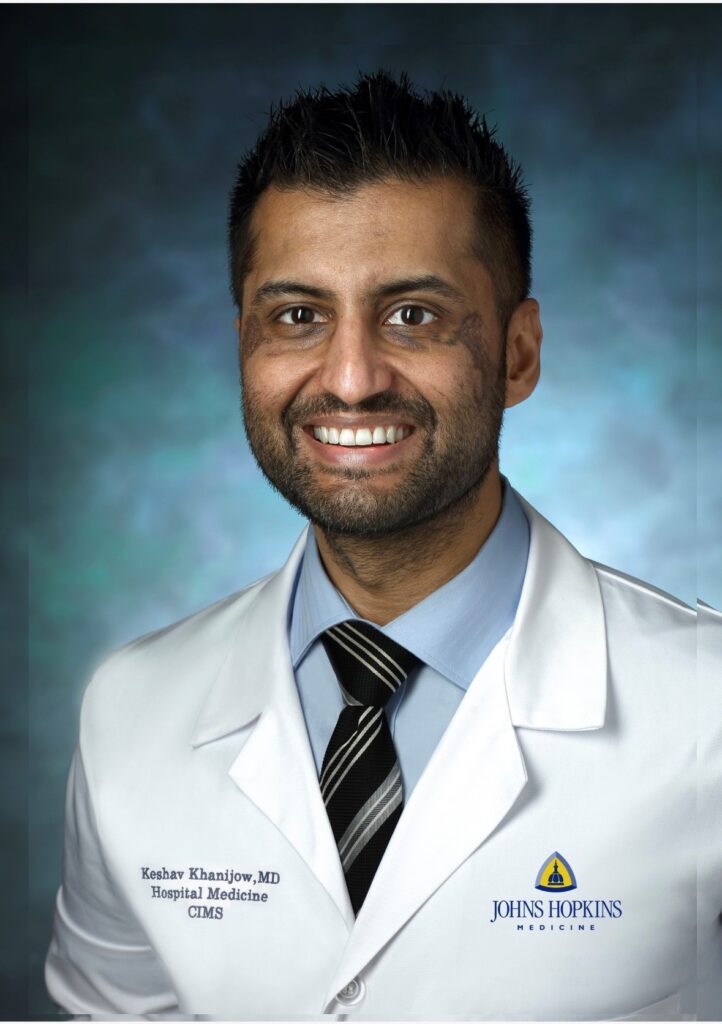In late 2022, I began developing notable facial discoloration that was spreading around my temples, then periorbitally, and eventually down my cheeks. After two rounds of biopsies, it was eventually diagnosed as lupus. When it began, I hoped it would be a temporary thing, that I would be able to look like my pictures again. I was put on a regimen of oral Plaquenil, topical Desonide, and Pimecrolimus to quell the inflammation. I am thankful to my dermatologist that those agents worked, and the discoloration stopped spreading. However, I was left with scars of post-inflammatory pigmentation on my face.
People who hadn’t seen me in a while wondered if I’d gotten punched in a fight. Some patients asked me if I had facial tattoos that I had removed. New people just assumed they were birthmarks I lived with my whole life, but I hadn’t. I’d only had them for two years, and I missed my old face. By the summer of 2024, I had come to terms that my face would look different going forward. I got my work portrait retaken to show my new appearance going forward.
I stopped thinking too much about it until an inpatient encounter I had on the wards last week. I’d gotten sign-out that a new patient of mine that morning had anger issues and did not have a good rapport with the care team. She was admitted for vaso-occlusive crisis from sickle cell disease and was having difficulty with pain management. My heart went out to her. I could only imagine the pain she was in and the toll of her repeated hospitalizations when all she likely wanted was to be home with family and friends. I went to see her, sat by the windowsill, and we talked. Towards the end of the conversation, she asked me “What’s that on your face?” I hesitated for a moment. I could either dodge the question and steer the conversation back to her medical care or I could be honest. I felt somewhat of a connection and decided to go with the truth. “I have lupus, so it caused some scarring around my face.” She lit up, “Oh, I know lupus, it’s a chronic disease just like my sickle cell- you know what I’m going through. We’re the same” My lupus was quiescent by this point so I wouldn’t imagine comparing my symptoms to hers, but my scars helped us form a new connection. She was noticeably happy that her doctor was going to be someone she could relate to. There were difficult moments over the coming days, but we maintained a relationship of mutual respect, and successfully down titrated her pain medication back to oral tabs.
I had spent the past two years being self-conscious about how people would look at me, and to me, it was always a problem that needed fixing. But to this patient, it was something different. It was a face that helped her connect, helped her feel understood, and helped her navigate a difficult moment in her life. It brought me some comfort to know that my face helped her to face a difficult moment in her life.

Dr. Khanijow
Dr. Keshav Khanijow (pronouns: he/him/his) is a hospitalist and assistant professor of medicine at Johns Hopkins University School of Medicine. He has a record of clinical excellence, winning the distinguished JHBMC Hospital Medicine Clinical Excellence Award (2019), and later the JHBMC Hospitalist of the Year Award (2022). Dr. Khanijow has published in peer-reviewed journals about LGBTQIA+ health in the inpatient setting and lectured on this internationally.